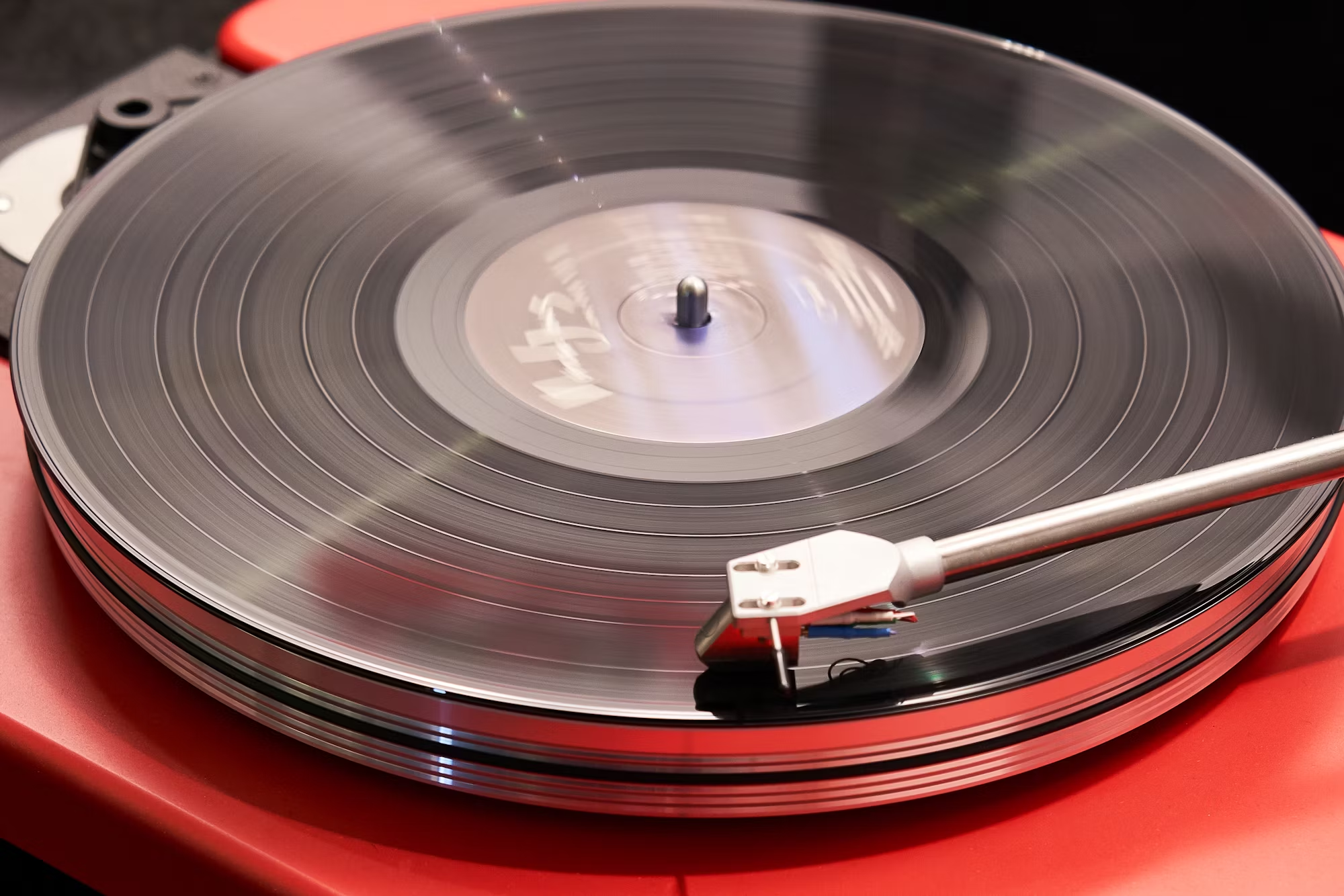Collaboration has long been a cornerstone of the music industry, fostering creativity and innovation. As artists from various genres come together, they bring unique perspectives and skills, leading to the creation of fresh and exciting music. This article examines the significance of collaboration in music, its historical context, notable partnerships, and the technological advancements that have facilitated these creative unions.
The Historical Context of Collaboration
From the early days of jazz ensembles to modern pop collaborations, music has thrived on partnerships. Jazz musicians, such as Duke Ellington and Louis Armstrong, often collaborated to create unique sounds that pushed the boundaries of the genre. These partnerships not only showcased individual talents but also highlighted the importance of synergy in musical expression.
In rock music, bands like The Beatles and The Rolling Stones exemplified collaboration by blending their individual styles to produce iconic albums. Their ability to work together harmoniously contributed to their success and solidified their places in music history. This spirit of collaboration has continued to influence countless genres, reinforcing the idea that collaboration enriches the creative process.
Modern Collaborations: Blending Genres
In recent years, the music landscape has become increasingly diverse, with artists often crossing genre boundaries to create unique sounds. This trend has led to some of the most successful collaborations in contemporary music. For instance, the fusion of country and hip-hop can be seen in collaborations like Lil Nas X’s “Old Town Road,” which blended traditional country elements with modern rap. This unexpected partnership not only broke genre norms but also resonated with a wide audience, highlighting the power of collaboration in reaching new listeners.
Similarly, artists like Post Malone and Ozzy Osbourne teamed up for the track “Take What You Want,” combining rock and hip-hop elements to create a compelling and commercially successful piece. These collaborations exemplify how artists from different backgrounds can come together to create music that transcends traditional genre limitations.
The Role of Technology in Collaboration
Advancements in technology have played a crucial role in facilitating collaboration among artists. Digital audio workstations (DAWs) and online collaboration platforms allow musicians to work together regardless of geographical barriers. Tools like Soundtrap and Splice enable artists to share tracks, collaborate in real-time, and experiment with new sounds, making collaboration more accessible than ever.
Moreover, the rise of social media platforms has transformed the way artists connect and collaborate. Musicians can easily discover each other’s work, leading to spontaneous collaborations. Social media also allows fans to witness the creative process, enhancing their connection to the music and the artists behind it.
Notable Collaborations in Music History
Throughout music history, certain collaborations have left an indelible mark on the industry. One such partnership is that of David Bowie and Queen for the iconic song “Under Pressure.” The blend of Bowie’s distinct vocal style and Queen’s powerful instrumentation resulted in a timeless classic that remains popular today.
Another notable collaboration is between hip-hop artist Jay-Z and rock band Linkin Park, culminating in the album “Collision Course.” Their innovative blend of rap and rock brought together two diverse fan bases and showcased the potential of genre-blending in music.
The Impact of Collaboration on Artist Growth
Collaboration not only enhances musical output but also contributes to the growth of artists. Working with others allows musicians to learn from one another, gain new insights, and expand their creative horizons. For emerging artists, collaborating with established musicians can provide invaluable experience and exposure.
Additionally, collaborations often spark innovation, inspiring artists to experiment with new styles and techniques. This process of exploration can lead to artistic breakthroughs, as seen with artists who have reinvented their sound through successful partnerships. For example, Rihanna’s collaboration with Calvin Harris resulted in numerous chart-topping hits that showcased her versatility and willingness to embrace new musical styles.
The Future of Music Collaboration
Looking ahead, the future of music collaboration appears promising. As technology continues to evolve, artists will likely find even more innovative ways to connect and create. The potential for virtual reality experiences, for instance, could transform the way artists collaborate, allowing them to interact in immersive environments that simulate real-life jam sessions.
Furthermore, the growing emphasis on inclusivity and diversity in the music industry will encourage more collaborations across cultures and genres. As artists seek to represent a broader spectrum of experiences and perspectives, collaborations will play a crucial role in shaping the sound of future music.
Conclusion: The Power of Creative Partnerships
The art of collaboration in music has proven to be a powerful force for creativity and innovation. By bringing together talents from different genres and backgrounds, artists can create compelling works that resonate with diverse audiences. As technology continues to break down barriers, the possibilities for collaboration are limitless, promising an exciting future for music. Ultimately, the collaborative spirit enriches the music landscape, allowing for a continuous exchange of ideas and inspiration that propels the art form forward.



